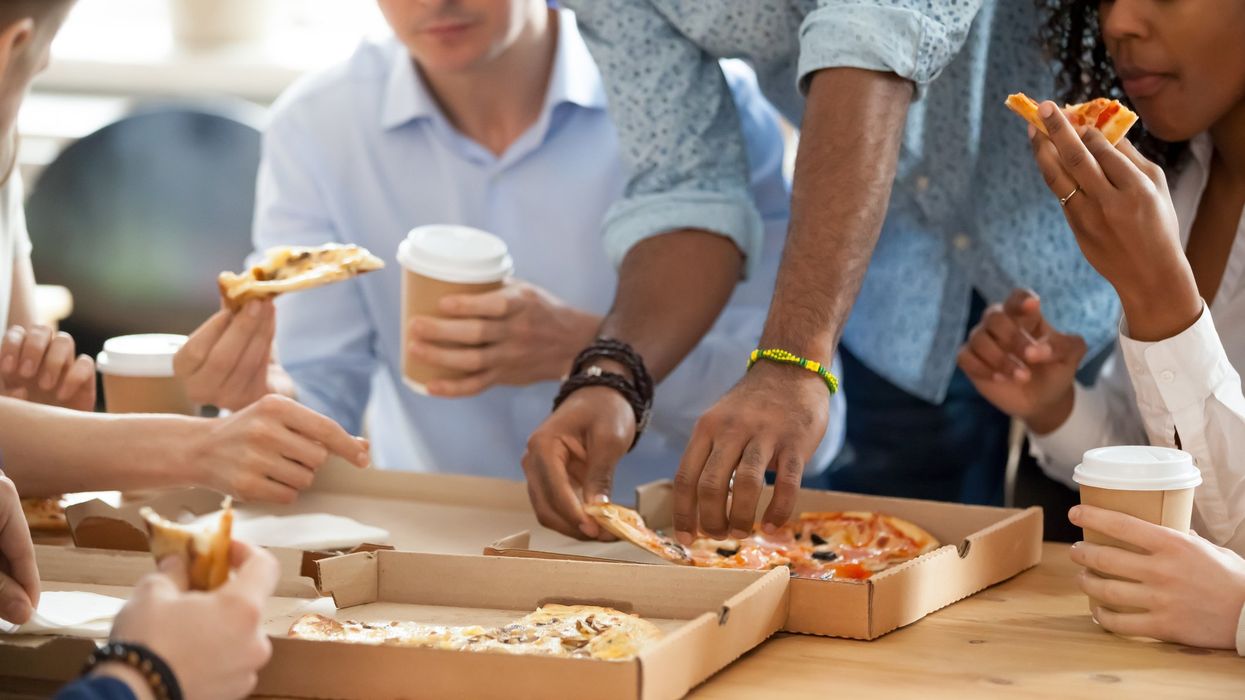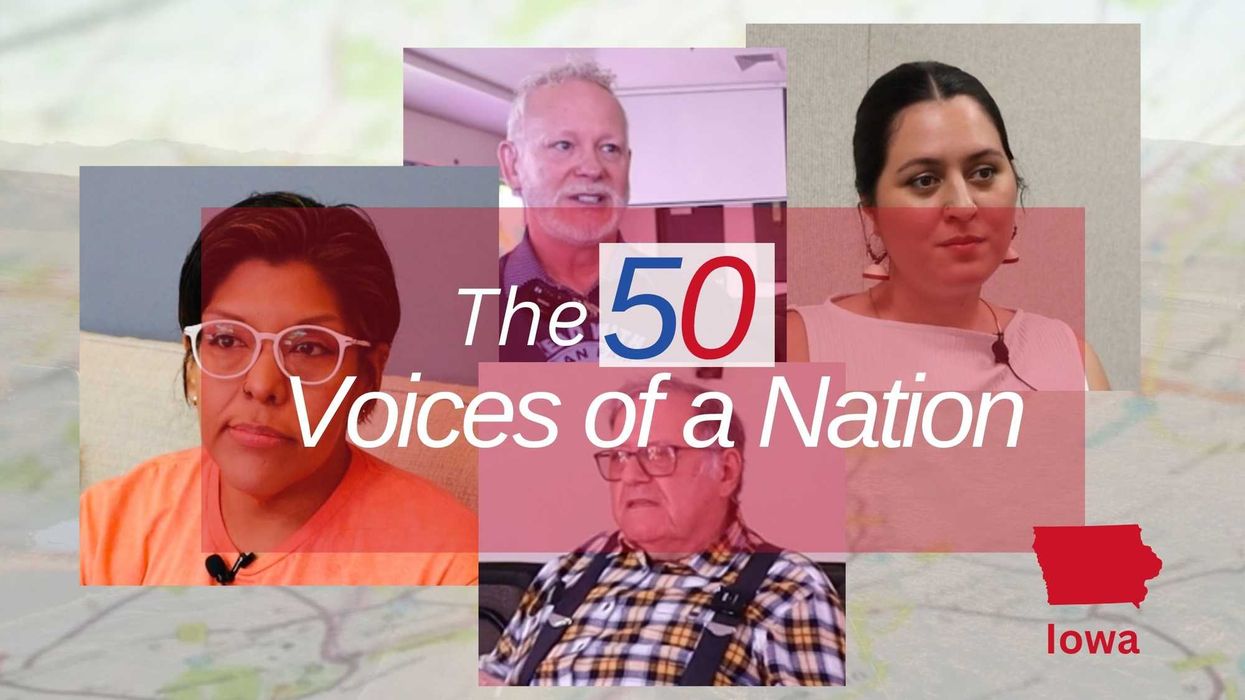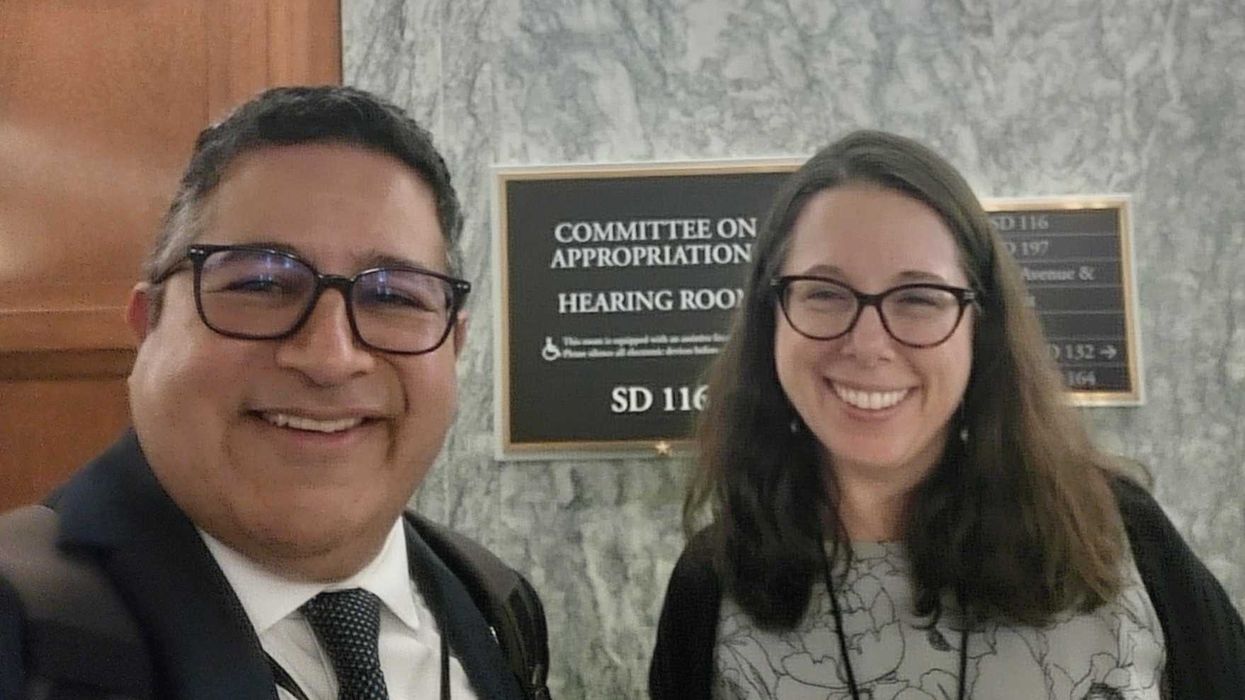In the summer of 2020, young people across America found themselves disillusioned and disconnected from what their country had to offer. COVID-19 had interrupted schooling and careers; an acrimonious presidential campaign was in full swing; and protests for racial justice, following the murder of George Floyd, shone a spotlight on our shortcomings when it came to liberty and justice for all. As Independence Day loomed, and Juneteenth took center stage in the national conversation, young people were asking: what do these milestones say about what it means to be American? Is the Fourth of July just about fireworks and hot dogs, or can we go deeper?
The network of history museums, Made By Us, gathered young adults and museum staff for civic conversations about this issue. It became clear that younger people were seeking more, not less, from civic rituals like the Fourth of July. They wanted a meaningful moment of renewed connection with the country’s story, past and present, that would kickstart the year ahead.
Together, this group designed what would become Civic Season, uniting Juneteenth and July 4th in an annual three-week ritual of learning, connection, and action. The movement launched in the summer of 2021, co-designed by young people and museums. Today, hundreds of museums, historic sites, and community organizations host events and programs during this window, all aimed at a Gen Z audience to inform and inspire civic participation.
In the second year of Civic Season, 2022, another fresh idea came from the cohort of Gen Z Civic Season Design Fellows: to host pizza parties at historic sites.
“The idea was this would hearken back to elementary school pizza parties, where you reward yourself for learning by celebrating with your friends,” said Nia Mosby, head of programs and Civic Season at Made By Us. “Young people—and most people, really—want to get together in community with others, do some good, and try something new. ‘Slice of History’ brings all of this together in events happening nationwide during Civic Season.”
To make this as easy as possible to activate, Made By Us provides the pizza to host sites, which are museums and historic locations that opt in to participate in the program. Host sites agree to target the event towards youth, and the Civic Season team at Made By Us coordinates shared materials, a national presence, and pizza.
Since the start of the program, Made By Us has partnered with Pizza to the Polls, the nonpartisan civic organization best known for providing food to voters in long polling lines. Frontline Builders, an organization looking out for frontline workers, has supported the events with snacks like KIND bars.
This summer’s Slice of History lineup is its largest yet, with 50 events, double the size of last summer.
Since many museums and historic sites already host events during Civic Season, many locations choose to add on a pizza party to existing programming like film screenings or walking tours, in order to welcome in younger audiences. This has created an easy way for museums to lean into their role as civic community hubs, adding the unique spin of their stories and collections.
This year, the Idaho State Museum in Boise, Idaho, will invite attendees to walk a civic corridor with a pizza party at the end. First State Heritage Park in Dover, Delaware, hosts a craft night. The Hawaiian Mission Houses Historic Site and Archives in Honolulu, Hawaii, promises “the stories you didn’t learn from a textbook.” The Wisconsin Veterans Museum in Madison, Wisconsin, will share veteran stories through the performances of a singer-songwriter and Celtic rock band. At the Independence Seaport Museum in Philadelphia, Pennsylvania, attendees will go kayaking and learn about the environmental history of the city before grabbing a slice.
“We hope that attendees will be able to connect our mission to their interests and needs,” said Mike Madeja, director of education at Independence Seaport Museum. “Like pizza? Learn about the opportunities we provide to get out on the Delaware River. Care about environmental justice? Interact with like-minded people and organizations driving change and peek into Philadelphia’s history on that front. Looking to make friends or connect with others? See our museum as a way to do that.”
Trivia nights have been popular, with many museums hosting civic trivia Slice of History parties several years in a row, everywhere from Kentucky to Iowa to Washington, D.C. Since the hosts have collections of primary sources, it lends a layer of credibility to the trivia.
“This year, the National Archives Foundation is mixing up our Slice of History Trivia Night by partnering with the U.S. Chamber of Commerce Foundation, who puts on the Civics Bee,” said Caroline Shanley, director of communications at the National Archives Foundation. “By focusing the event on civic engagement and knowledge in the literal home of our founding documents, we hope that our attendees can make those essential connections between past, present, and maybe their own futures.”
And is it working? For young people feeling disillusioned or disconnected from traditional civics education or from partisan politics, Slice of History offers an entry point to civic life that feels relevant and easy—familiar, even.
“I just love the nostalgic feeling Slice of History evokes, of going to an after-school event where you’re not exactly sure who else will be there or what you’ll learn but you DO know there will be free food, which is enough to get you in the door,” said Corinne Lerma, 21. “I’m really looking forward to Slice of History at the Harriet Beecher Stowe House in Cincinnati.”
For the museums, it has brought in new groups and helped them be seen as community conveners, more than just collections behind glass. “Achieving this kind of engagement with Gen Z is major for any museum,” said Madeja.
“This is a chance to rebuild trust, understand their needs, and show they belong here,” said Camryn Bembry, civic engagement specialist at Conner Prairie, who is organizing the museum’s first-ever college-focused Slice of History event in Fishers, Indiana.
Conner Prairie, a historic farm, sees this as an opportunity that goes far beyond pizza—it’s a chance to tackle institutional trust, a concern for many decision-makers and leaders today.
“Our event will serve as a launch pad for the process of creating a space for the Gen Z demographic,” said Bembry. “While our guests are invited to come socialize and network with one another, this is also a chance for the Gen Z demographic to share with us what they would like to see from us as an institution…to start building this relationship of trust, understanding, and reciprocity.”
The Idaho State Museum has taken the opportunity to strengthen its local network and give participants a sense of place, partnering with nearby cultural and historic sites for a walking tour that ends at a local brewery.
“Each stop will feature engaging activities, challenges, and stories that matter, with a self-guided map,” said Rachel Klade, public programs specialist at the Idaho State Historical Society. “It's an opportunity to bring people together in a fun and meaningful way while highlighting the civic and cultural spaces that exist right here in downtown Boise. Rather than hosting a single-site event, we wanted to create an experience that encourages participants to explore, learn, and connect across Boise.”
Across the country, museums are filling the gap left by outdated civics curricula. Instead of lectures and test prep, they are offering civic learning that feels alive. For Gen Z, it is not about memorizing dates. It is about finding belonging, building community, and realizing that history is still being written—and they have a seat at the table, with a slice of pizza in hand.
Camille Serrano is a digital strategist and Made By Us Civic Season Fellow working at the intersection of political communications, social advocacy, and civic engagement.


















